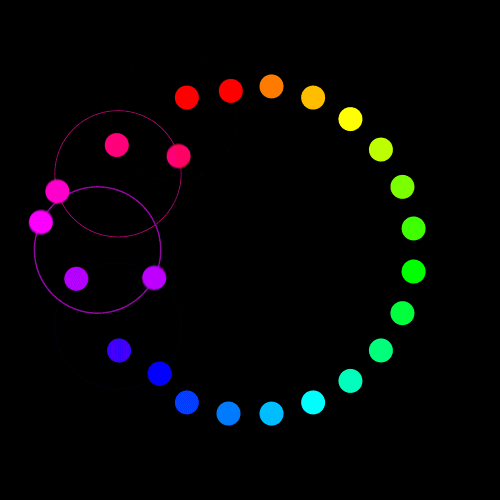简介
Efficient learning environments lead to faster and better learning. In this important book, Ruth Clark, Frank Nguyen, and John Sweller offer guidelines based on more than twenty-five years of research on cognitive load theory that will help you create efficient instructional environments?and they show why they work!
Efficiency in Learning offers a road map of the most effective ways to use the three fundamental communication of training: visuals, written text, and audio. Regardless of how yo更多>>
目录
contents of the cd-rom.
acknowledgments.
introduction.
part one. an introduction to efficiency in learning.
1. cognitive load and efficiency in learning.
2. the psychology of efficiency.
part two. basic guidelines for managing (irrelevant) cognitive load.
3. use visuals and audio narration to exploit working memory resources.
4. focus attention and avoid split attention.
5. weed your training to manage limited working memory capacity.
6. provide external memory support to reduce working memory load.
.
7. use segmenting, sequencing, and learner pacing to impose content gradually.
8. transition from worked examples to practice to impose mental work gradually.
part three. instructional guidelines for imposing relevant cognitive load.
9. put working memory to work with germane load.
part four. tailoring instruction to learner expertise.
10. accommodate differences in learner expertise.
11. use rapid testing to adapt e-learning to learner expertise.
part five. cognitive load theory in perspective.
12. applying cognitive load theory.
13. the evolution of cognitive load theory: a personal perspective by john sweller.
appendix: all about the numbers.
glossary.
references.
about the authors.
index.
list of figures and tables.
how to use the cd-rom.
acknowledgments.
introduction.
part one. an introduction to efficiency in learning.
1. cognitive load and efficiency in learning.
2. the psychology of efficiency.
part two. basic guidelines for managing (irrelevant) cognitive load.
3. use visuals and audio narration to exploit working memory resources.
4. focus attention and avoid split attention.
5. weed your training to manage limited working memory capacity.
6. provide external memory support to reduce working memory load.
.
7. use segmenting, sequencing, and learner pacing to impose content gradually.
8. transition from worked examples to practice to impose mental work gradually.
part three. instructional guidelines for imposing relevant cognitive load.
9. put working memory to work with germane load.
part four. tailoring instruction to learner expertise.
10. accommodate differences in learner expertise.
11. use rapid testing to adapt e-learning to learner expertise.
part five. cognitive load theory in perspective.
12. applying cognitive load theory.
13. the evolution of cognitive load theory: a personal perspective by john sweller.
appendix: all about the numbers.
glossary.
references.
about the authors.
index.
list of figures and tables.
how to use the cd-rom.
- 名称
- 类型
- 大小
光盘服务联系方式: 020-38250260 客服QQ:4006604884
云图客服:
用户发送的提问,这种方式就需要有位在线客服来回答用户的问题,这种 就属于对话式的,问题是这种提问是否需要用户登录才能提问
Video Player
×
Audio Player
×
pdf Player
×
亲爱的云图用户,
光盘内的文件都可以直接点击浏览哦
无需下载,在线查阅资料!



